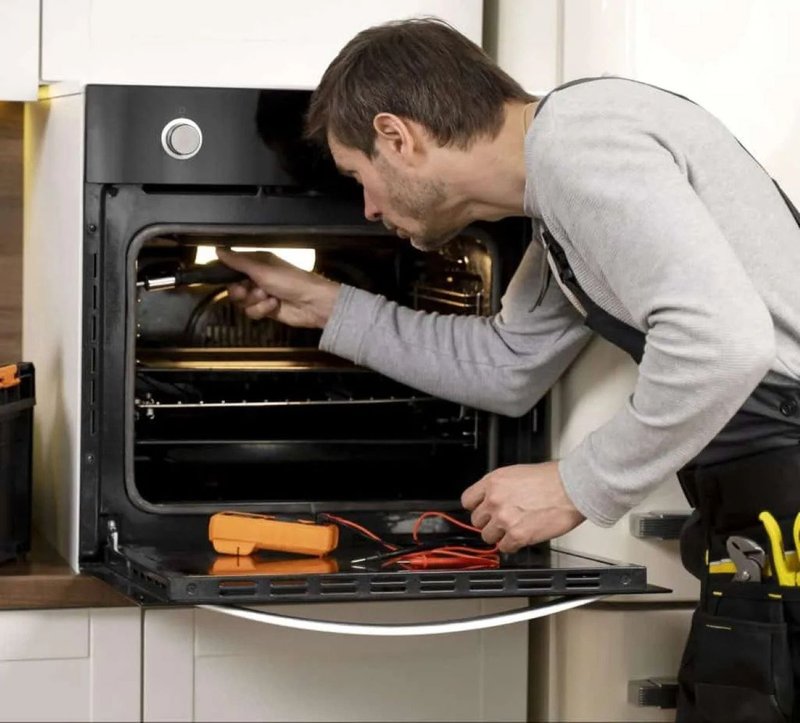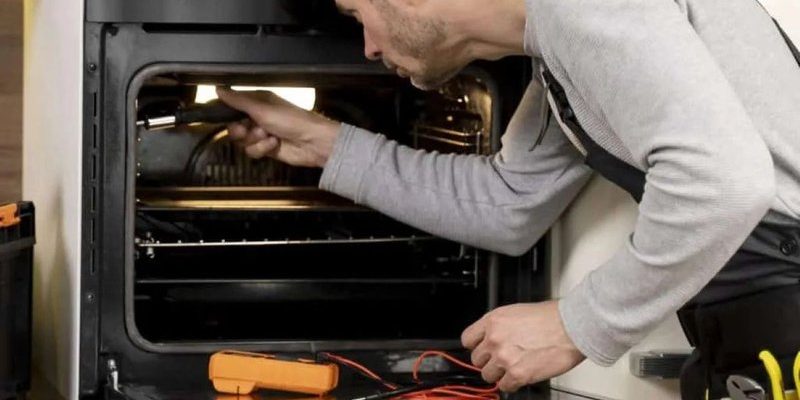
So, what exactly does this E1 code mean? In simple terms, when your Whirlpool oven or range displays this error code, it’s trying to tell you that there is an issue with temperature detection. Think of it as your oven saying, “I can’t quite figure out how hot I am!” This generally points to problems with the temperature sensor or the electronic control board. Now, before you rush to the phone to call a technician, let’s walk through what you can do and when it might be time to call in the pros.
Understanding the E1 Error Code
The E1 error code is a common one that many Whirlpool oven and range users encounter. Imagine your oven as a person trying to measure their own temperature without a thermometer—it can only guess how hot it is. That ‘guesswork’ is essentially what’s happening when the E1 code appears. The temperature sensor, which is responsible for providing the oven’s internal temperature to the control board, might be malfunctioning, or there’s an issue with the communication between the sensor and the control board.
You might be thinking, “So, what exactly causes this sensor to malfunction?” Well, similar to a weak Wi-Fi signal that disrupts streaming your favorite show, several factors can hinder the sensor’s performance. It could be something as simple as a loose or corroded connection, or it might involve a faulty sensor altogether. Electrical surges, excessive moisture, or even accumulated grease over time can also play tricks on your oven’s internal systems, leading to this pesky error.
Now, understanding the root cause is important, but it’s equally crucial to know when a professional’s touch is necessary. While some might be tempted to ignore the error hoping it will resolve on its own, this isn’t the best approach. Just like ignoring a strange noise from your car’s engine could lead to bigger problems, overlooking this error might lead to inconsistent cooking temperatures or even bigger issues with your appliance.
When to Try DIY Fixes
Before dialing up a technician, there are a few things you can try at home. It’s a bit like doing a basic health check before seeing a doctor—sometimes the solution is simpler than you might think! Start by checking if the oven is receiving power properly. This might sound basic, but ensuring the appliance is properly plugged in and checking the circuit breaker can sometimes resolve minor issues.
Next, perform a quick inspection of the sensor and its connections. The temperature sensor, usually located inside the oven cavity, should be securely connected to the wiring harness. Picture it like making sure the light bulb is screwed tightly into its socket—sometimes a simple reconnection is all it needs. If the connection is loose or corroded, you can try cleaning it gently or securing it back into place.
If you’re tech-savvy, you might consider resetting the control board. This involves unplugging the oven or range from the power source for a few minutes and then plugging it back in. It’s akin to rebooting your computer when it’s acting up—in some cases, a reset can resolve glitches. However, if these steps don’t clear the error, it may be time to consider calling a technician to avoid further complications.
Knowing When To Call a Technician
So, when should you actually call in the experts? Think of it like calling a mechanic for your car—sometimes you just don’t have the right tools or expertise for the job. If you’ve tried the basic at-home fixes and the error code persists, it’s likely a deeper issue that requires a professional’s assessment. Complex problems like a defective temperature sensor or a faulty control board aren’t typically DIY-friendly and require specific tools and expertise.
Another scenario where calling a technician is advisable is if you notice other unusual behaviors, such as strange noises, inconsistent heating, or if the oven becomes completely unresponsive. These are red flags that suggest the problem might be more than just a sensor mishap. A technician can diagnose the root cause more accurately and propose a solution, ensuring your appliance is safe and functioning correctly.
Bringing in a professional not only ensures the issue is fixed correctly but also saves you from the frustration of potentially making the problem worse. They can also provide preventative maintenance tips to keep your oven in good shape, much like a regular check-up to keep your car running smoothly, ensuring you can continue to enjoy hassle-free cooking.
Preventative Tips for Whirlpool Ovens & Ranges
Now that you’re equipped with knowledge on when to call a technician, let’s look at how to prevent the dreaded E1 error code in the first place. Prevention is always better than cure, right? One effective measure is regular cleaning and maintenance of your oven. Keeping the interior clean from grease and spills ensures the sensors and other parts don’t get clogged or affected by grime.
Ensure that you’re using the appliance as intended. Overloading the oven or using it in extreme conditions can stress its components. Imagine trying to carry a suitcase that’s too heavy—it just makes the journey harder. Similarly, not overworking your oven can prevent unnecessary strain on its elements.
Lastly, consider regular check-ups by a professional, especially if your appliance is a few years old. Technicians can spot potential issues before they become serious problems, much like a seasoned mechanic who knows what to look for under the hood. With these tips, your Whirlpool oven and range will continue to serve you deliciously for years to come.
In conclusion, the E1 error code on your Whirlpool oven or range doesn’t have to spell disaster. By understanding what it means, trying some at-home fixes, and knowing when it’s time to call a technician, you can handle it like a pro. A little bit of care and attention today can prevent bigger problems tomorrow, ensuring your kitchen remains a place of culinary joy rather than unexpected challenges.
